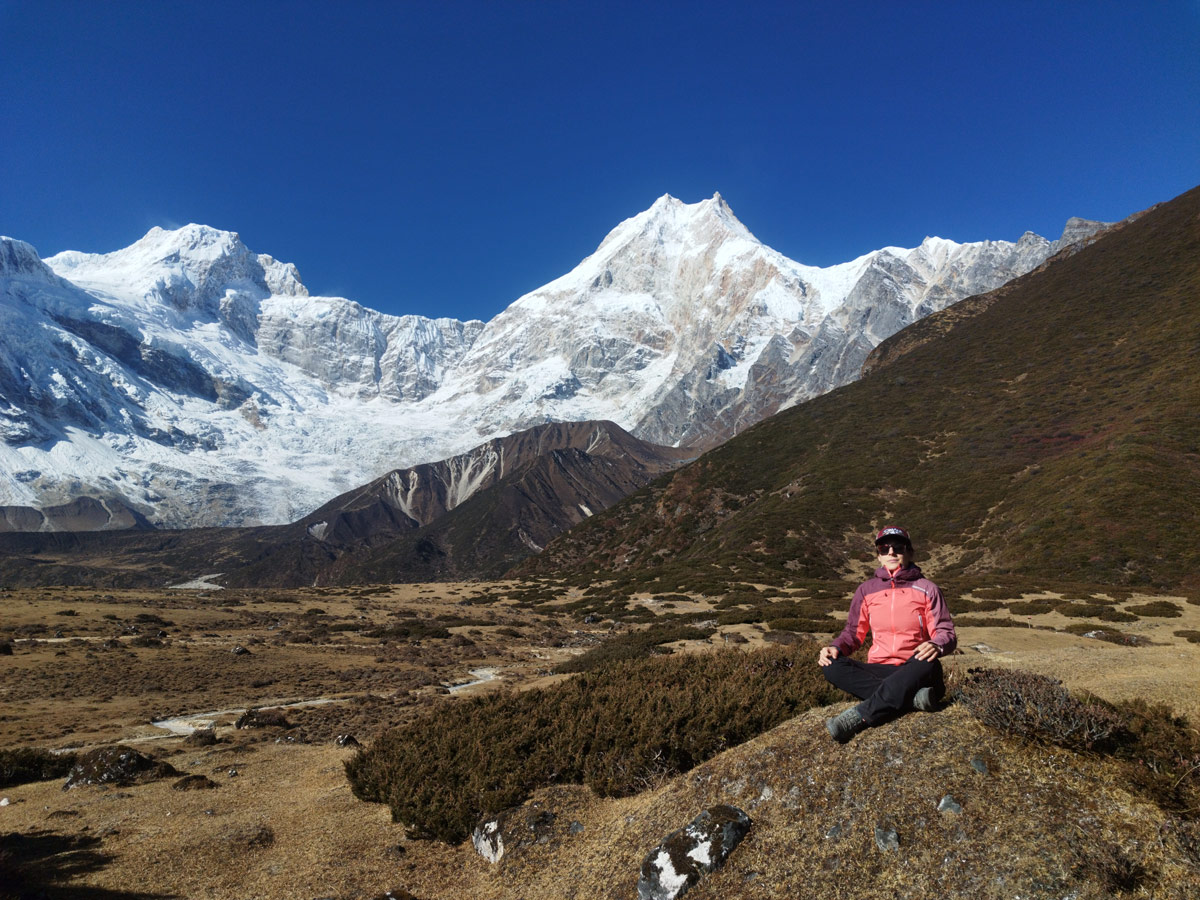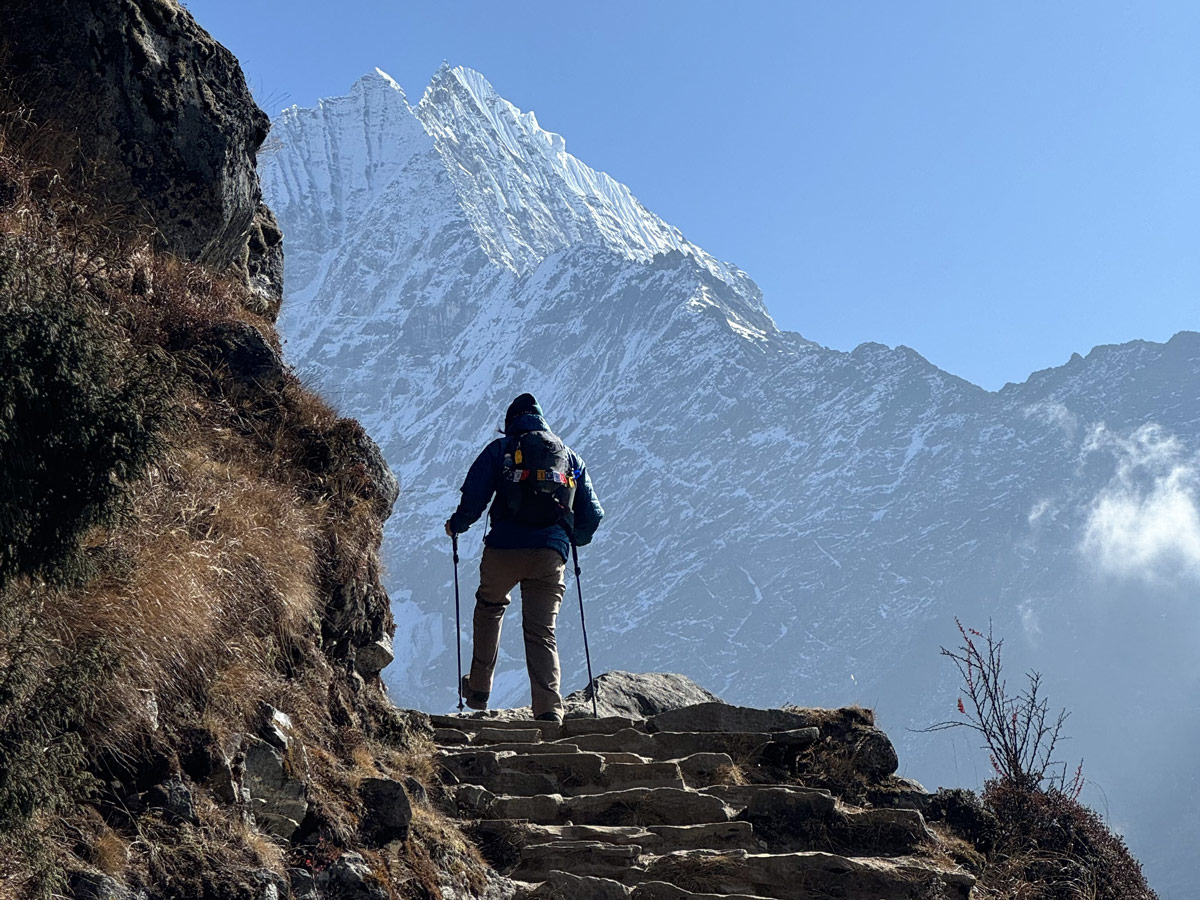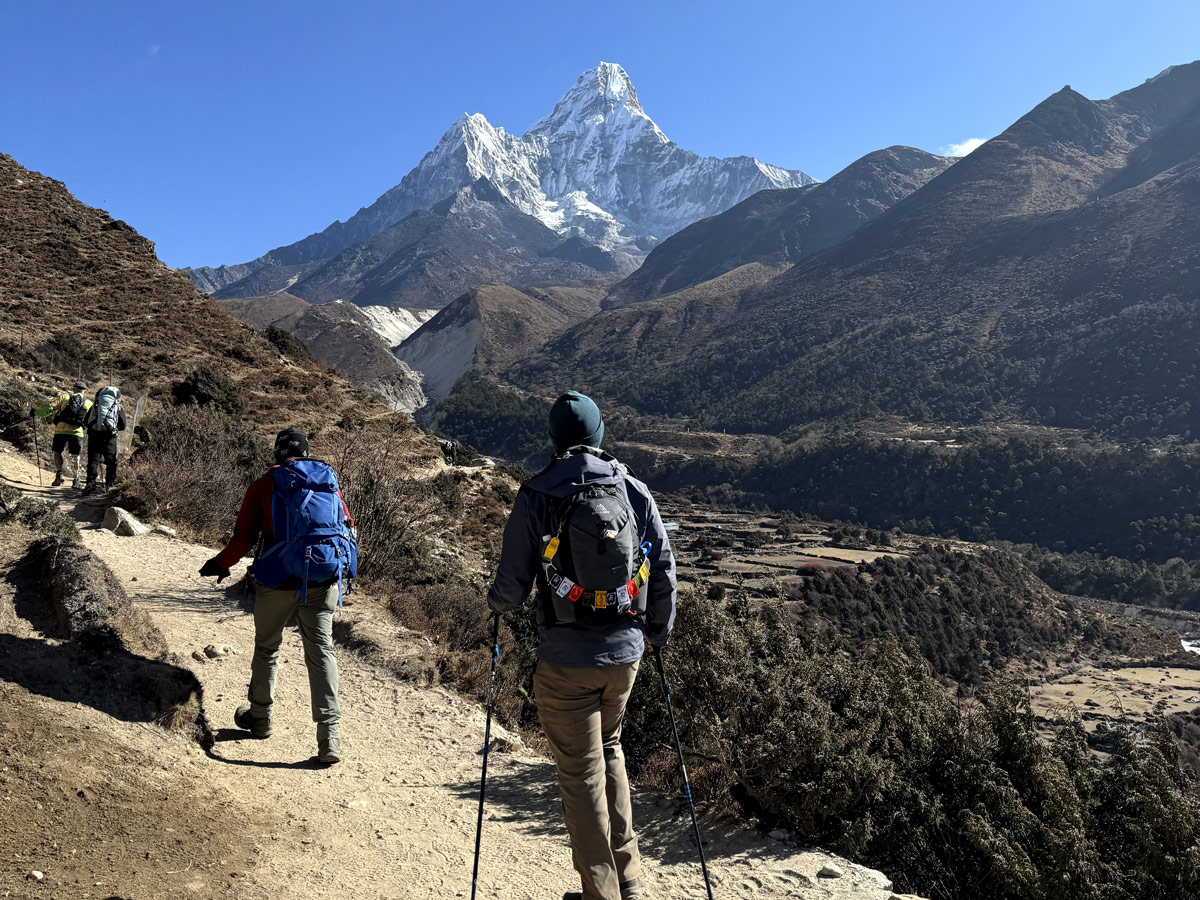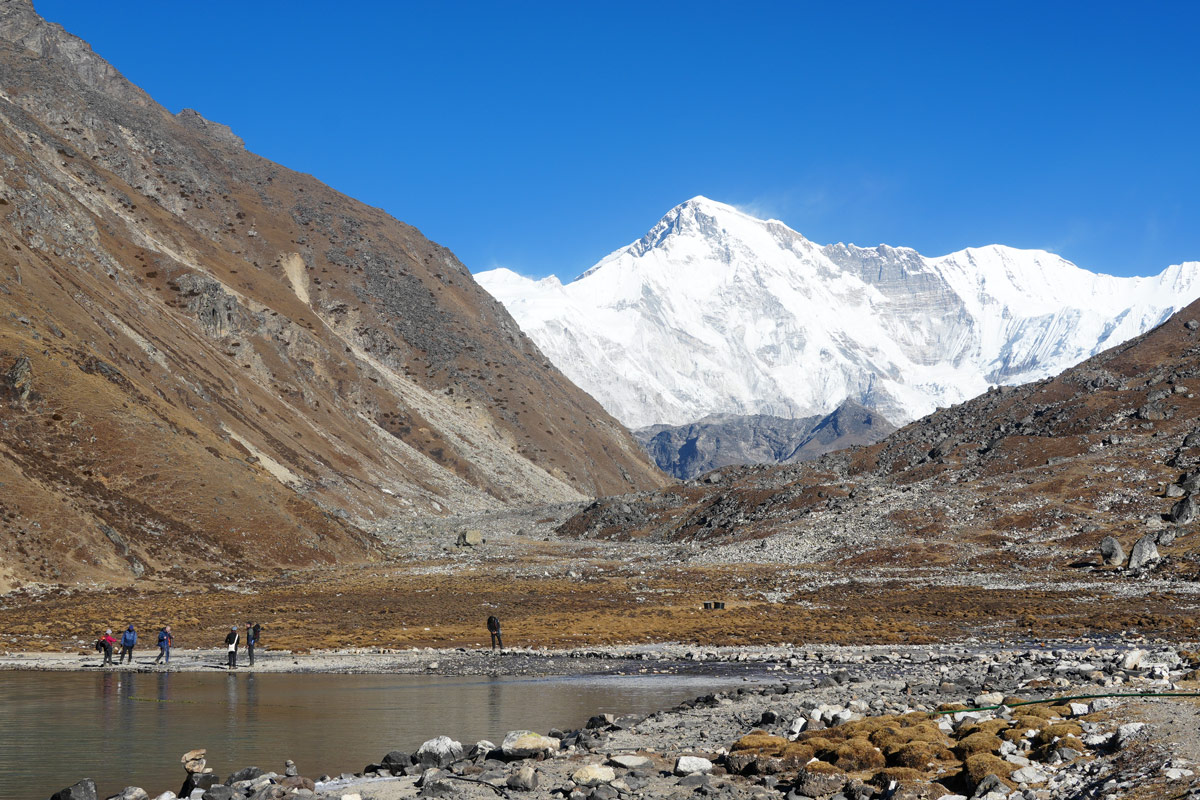Known for its mountain ranges and diverse cultural heritage, Nepal is a Himalayan paradise with a wide variety of trekking routes that cater to the needs of all sorts of trekkers.
Be it iconic treks like the Everest Base Camp Trek, Annapurna Circuit Trek, or more off the beaten treks like Langtang Valley Trek, you can have an experience that is best suited to your preferences.
However, there is a completely unique and unexplored world that awaits you in Nepal, i.e. the restricted trekking routes of Nepal. And surprisingly, these are not as explored as other regular trekking routes.
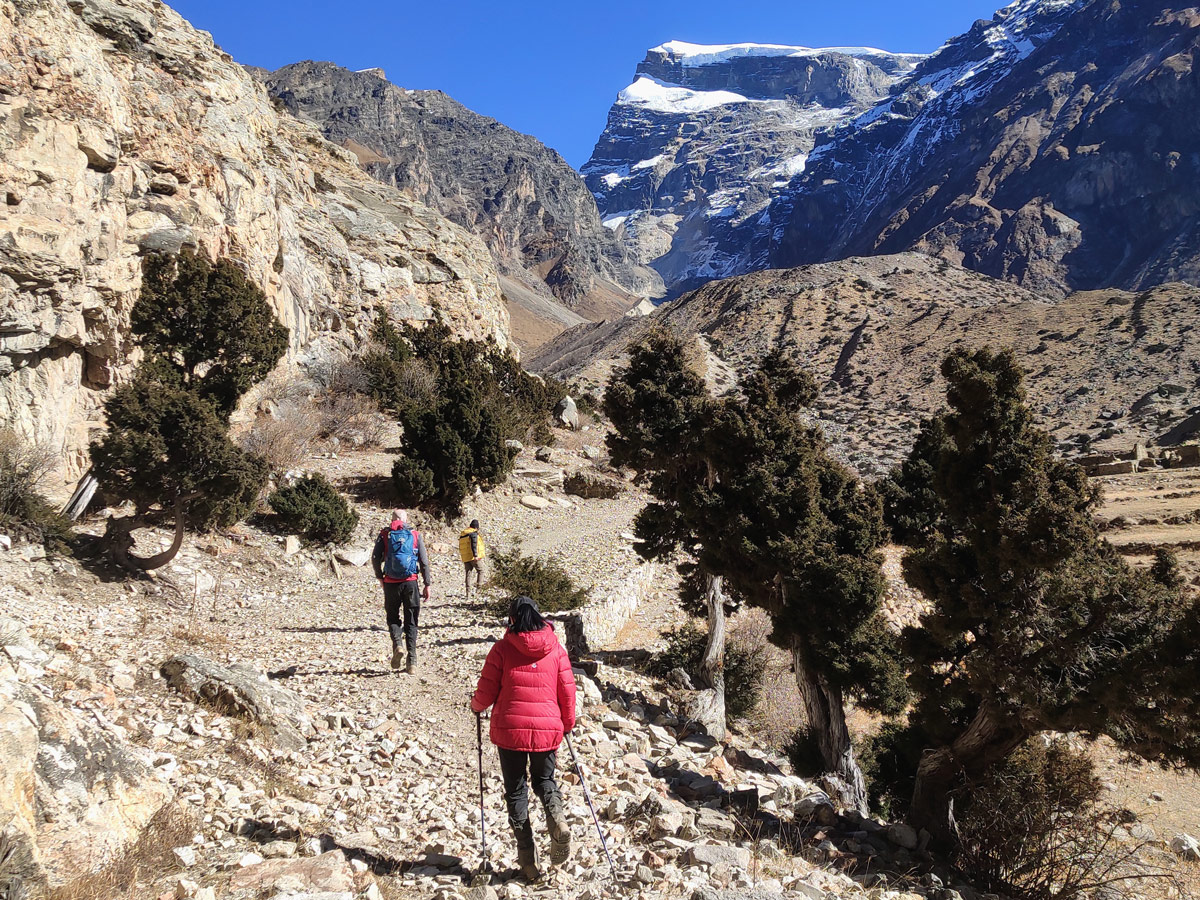
The reason being, as the name suggests, these trekking routes are restricted and exploring them, while allowed, comes with a unique set of rules, regulations, and lots of paperwork.
Well, what if we tell you that all those rules and paper works are worth the experience that you are going to have there? So, continue reading as we tell you everything you need to know for exploring the restricted trekking routes of Nepal.
What Are Restricted Trekking Routes?
First and foremost, let’s begin with a basic understanding of what exactly a restricted trekking route is. In simple words, these are exclusive trails that are restricted due to a variety of factors.
It could be for environmental protection, protection of endangered wildlife, cultural preservation, or any security concern. You will find that these areas are often near the Tibet border and remain undisturbed by mass tourism.
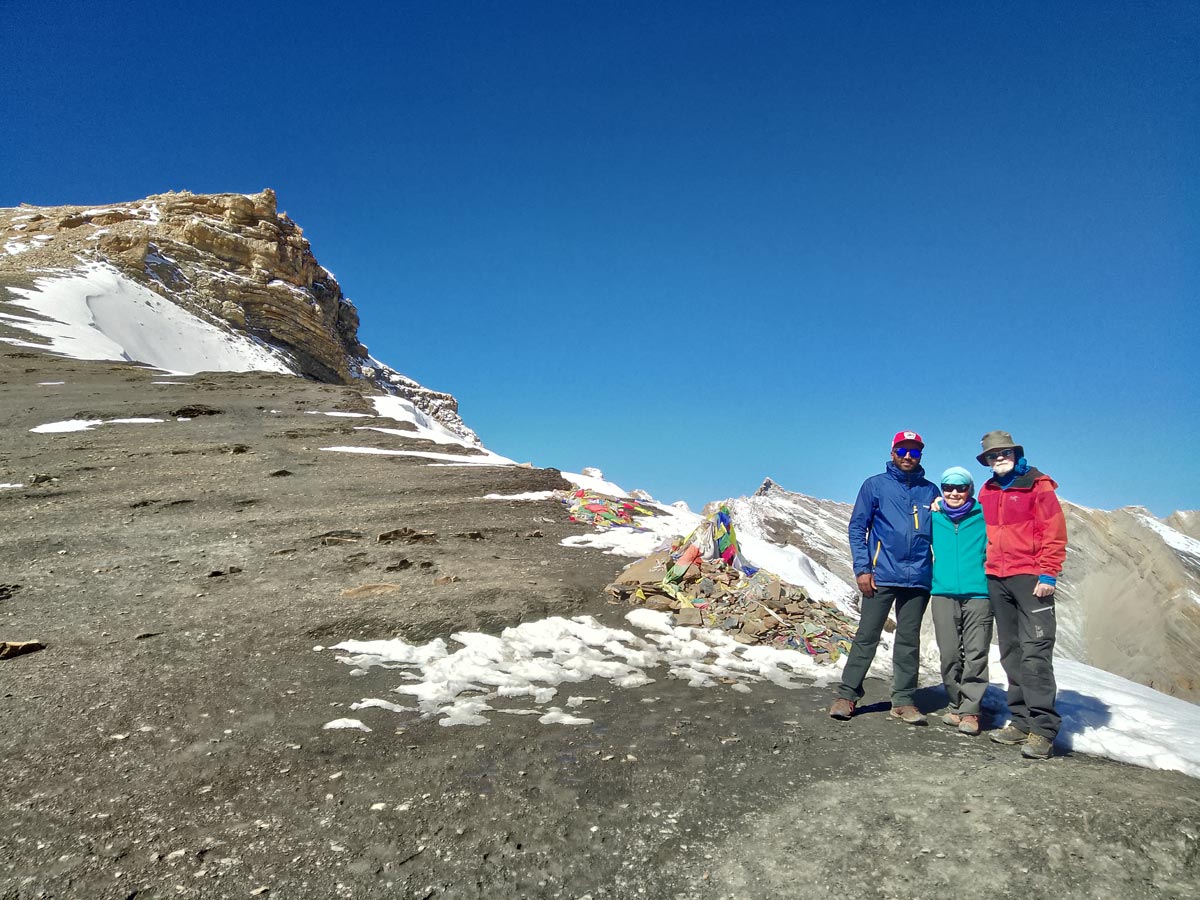
The restrictions in these regions are enforced by the government to ensure extra protection and to ensure sustainable tourism practices, protect the local culture, and conserve natural resources.
These areas can definitely be explored and they provide adventurers with an opportunity to explore Nepal’s untouched wilderness, vibrant Tibetan-influenced cultures, and off-the-beaten-path landscapes.
However, one needs to obtain special permits and trekkers can only explore these areas with a licensed guide. The process of paper work is often lengthy as compared to other treks in Nepal.
Why Opt for a Restricted Trekking Experience in Nepal?
While trekking in restricted areas of Nepal might seem challenging at a brief glance, it really does offer rewards that are unparallel. And if you are someone who wants to venture beyond the ordinary and have a trekking experience out of the world, you should definitely go for a restricted trek in Nepal.
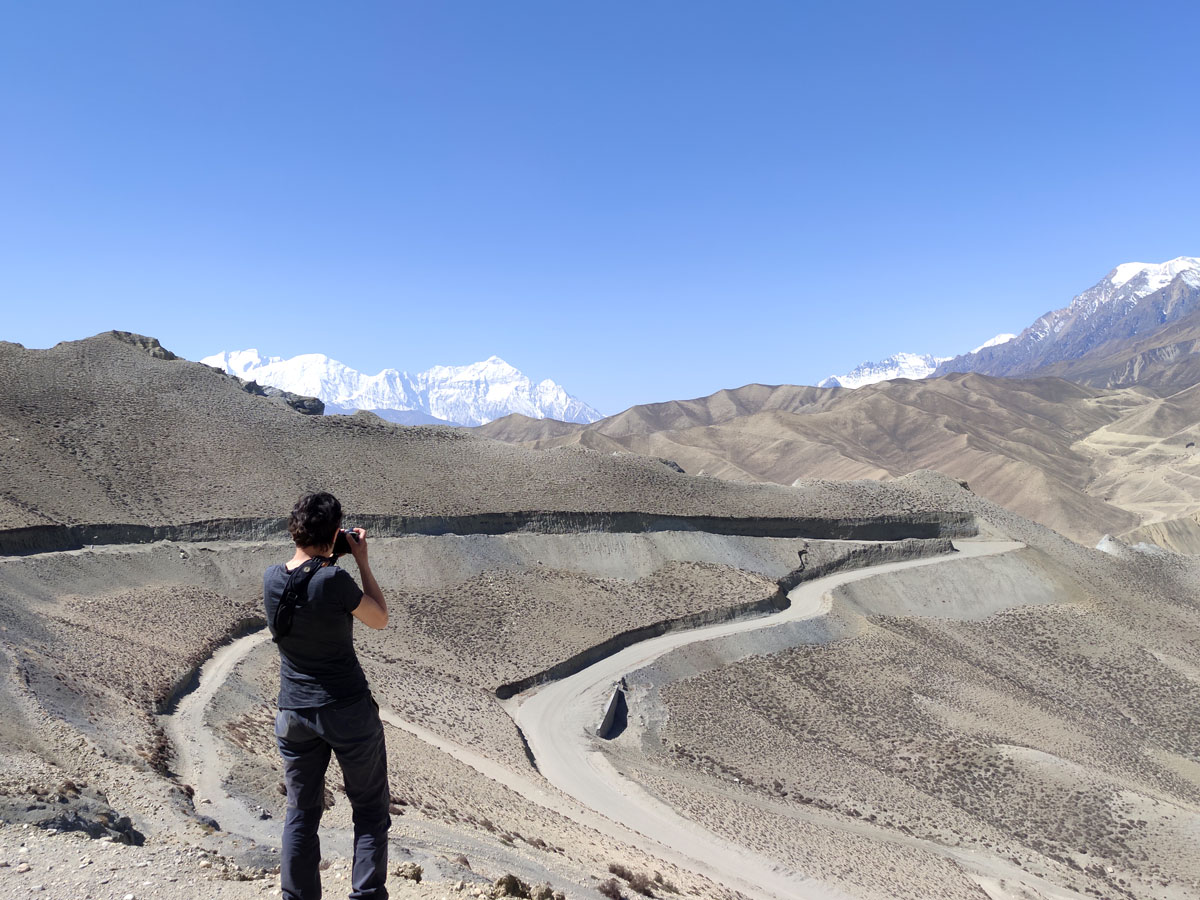
The first and main reason for this is that these routes are far less crowded than other trails due to the hassle of getting there. This ensures that you can explore the trails in peace and solitude without being surrounded by a huge crowd.
Second, due to limited crowd, the locals here have not lost their authenticity unlike other popular trekking routes where cultures have become pretty much diluted and commercialized.
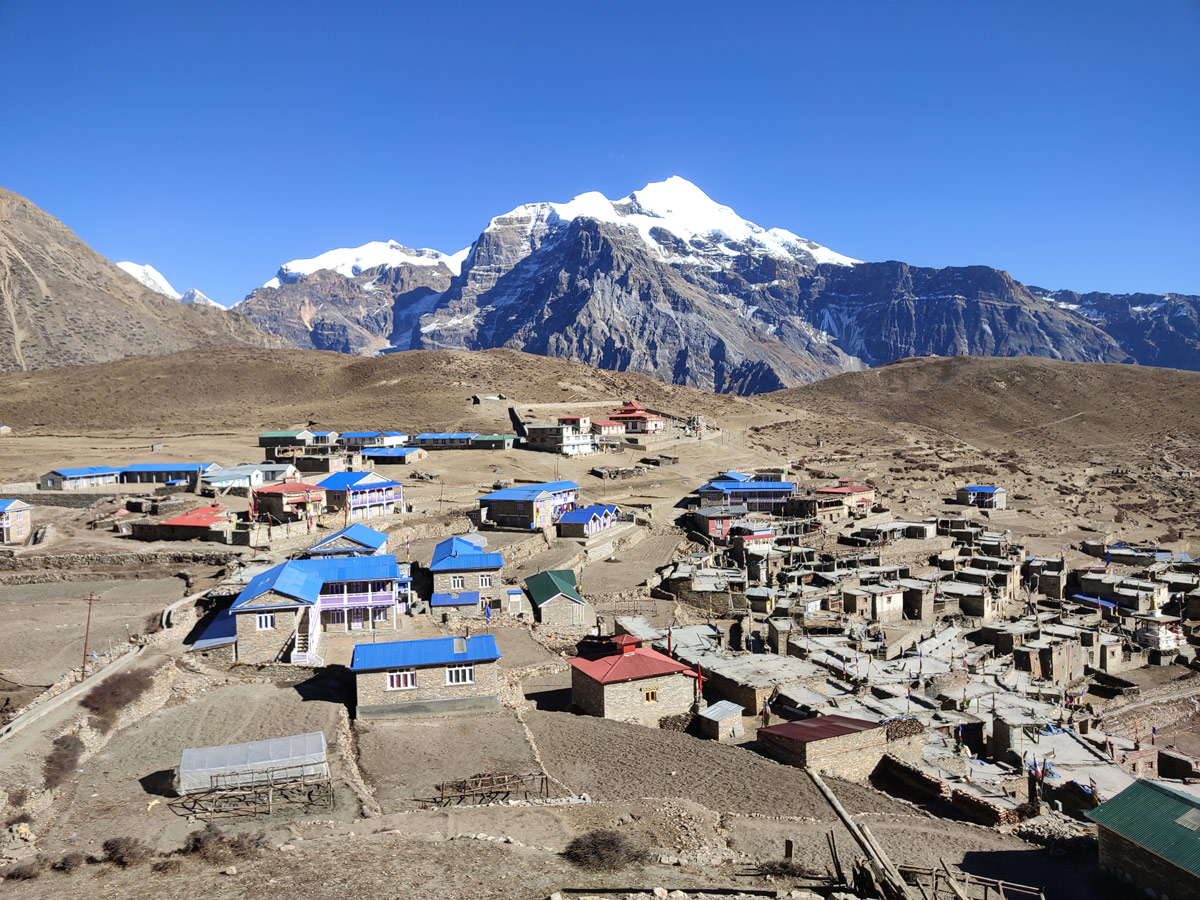
You can experience cultures that are untouched by modernity. These routes also feature exclusive experiences at times which can feel like a true adventure. Also, not to forget the immense unique photography opportunities that you are going to get.
And the final reason why is because you can contribute to the conservation efforts in these regions which can help preserve the natural environment as well as the local culture.
Key Restricted Trekking Routes in Nepal
The restricted areas of Nepal are not limited to a particular region but are scattered all across the country. Below are some of the most popular restricted trekking routes in Nepal:
Upper Mustang
Often referred to as the ‘Last Forbidden Kingdom’, Upper Mustang is one of the most sought after restricted trekking route of Nepal. This is a land of Tibetan influence and many ancient monasteries.
Exploring Upper Mustang will leave you with a unique cultural experience where you can explore the Tibetan culture as you visit the unique high-altitude desert like landscape.
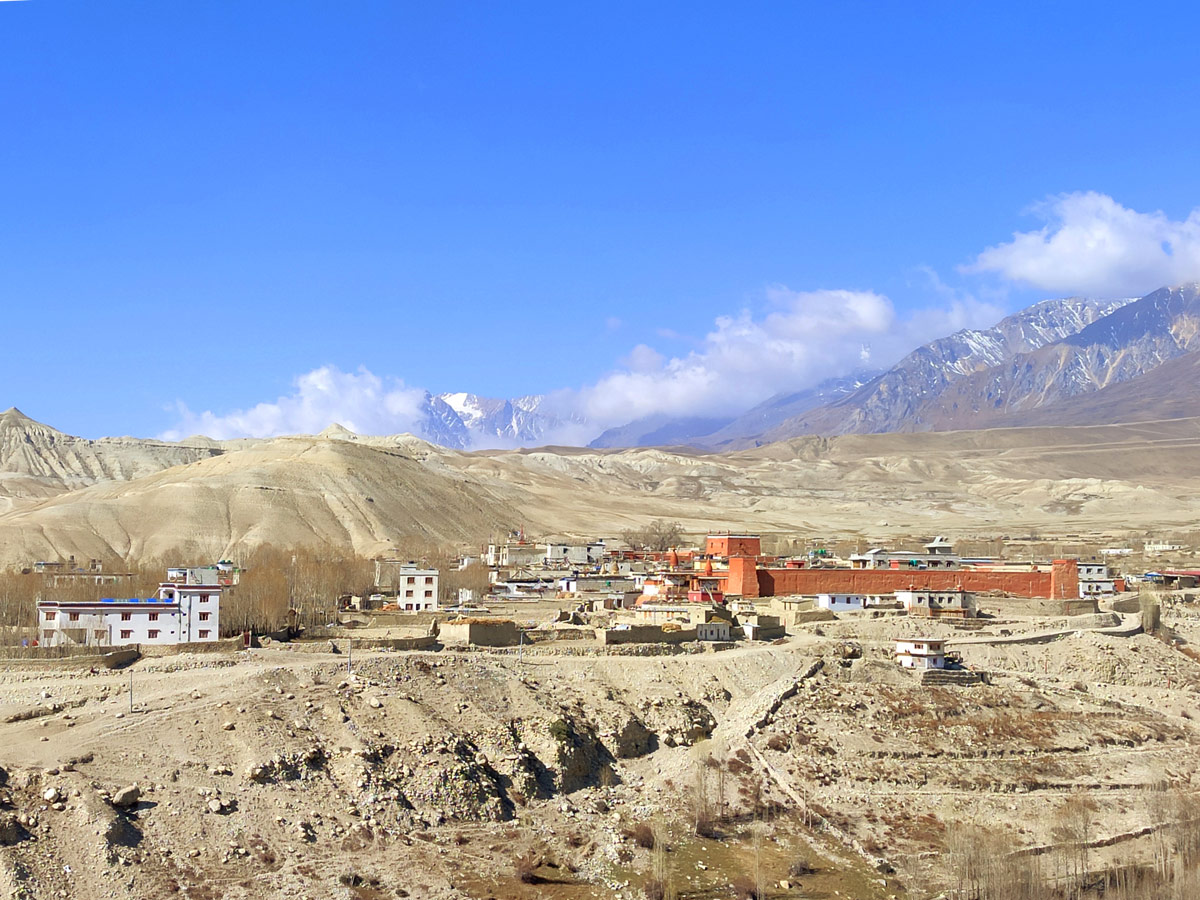
Here, you can explore the walled city of ‘Lo Manthang’ where you can experience the authentic and ancient Tibetan culture. It is known for its rich cultural heritage, historical significance, and breathtaking landscapes.
Besides that, you can explore ancient monasteries and cave dwellings carved into cliffs. You will also get stunning views of the entire Annapurna and Dhaulagiri range.
Manaslu Circuit
The Manaslu Circuit Trek is one of the most popular treks amidst the restricted area treks in Nepal. It circumnavigates Mt. Manaslu, which is the eighth highest peak in the world.
And while doing so, it is set to give you one of the best experiences of your life. This trek offers a wide range of landscapes including everything from subtropical forests to alpine meadows.
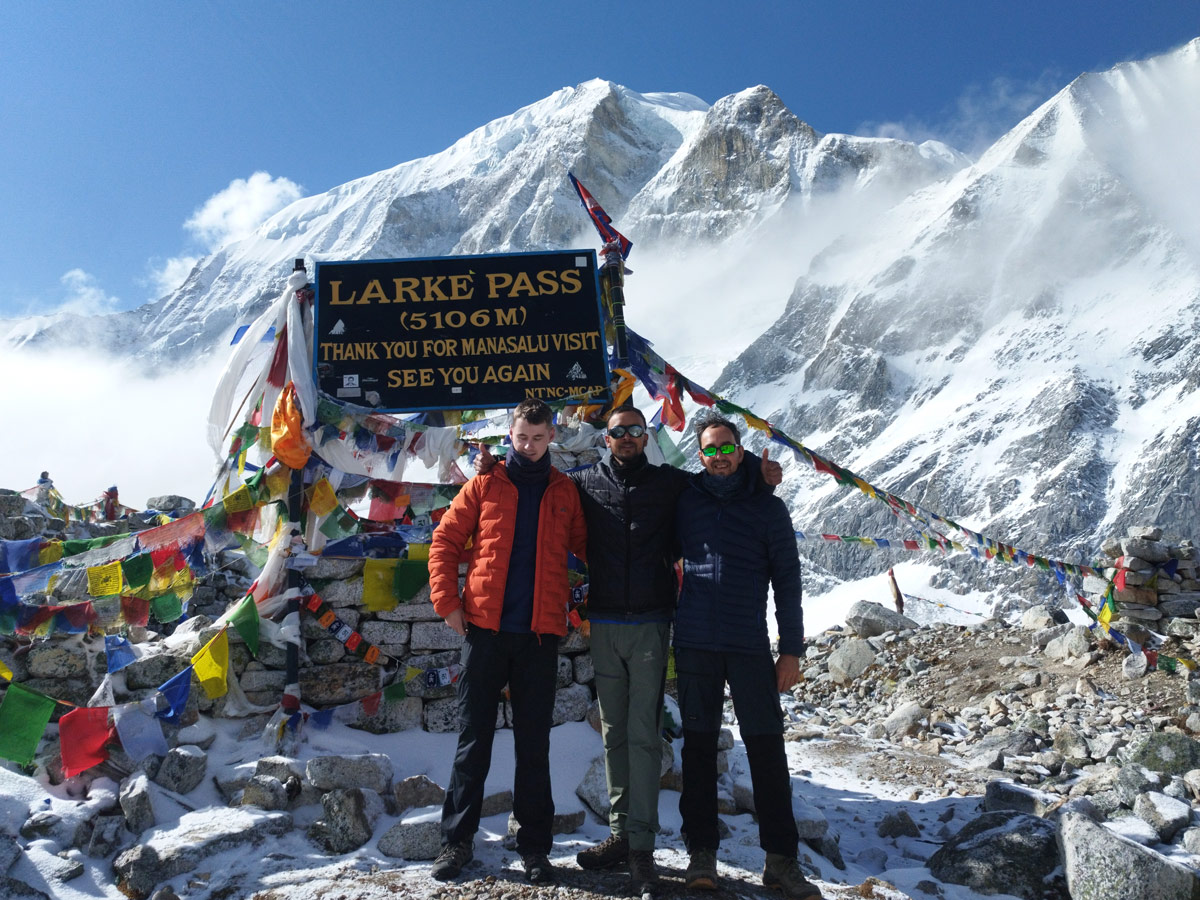
While on the Manaslu Circuit, you will get a chance to explore both Nepali and Tibetan cultures, that too in its most authentic form. Although remote, this trek does feature teahouses with basic amenities which will keep you comfortable.
Located within the Manaslu Conservation Area, this trek also takes you to the challenging yet rewarding Larkya La Pass from where you can get a comprehensive view of the symphony of Himalayas.
Upper Dolpo
Another remote and restricted trekking route in Nepal is the Upper Dolpo Trek which is located in western Nepal. This trek is known for its rugged terrain and Tibetan Bon culture.
The culture is so special as the Tibetan Bon culture was practiced earlier and now is almost completely replaced by Buddhism, leaving only limited places which practice Bon religion. And Upper Dolpo is one such place.
The trek takes you to some of the major attractions like the Shey Phoksundo Lake which is a beautiful turquoise lake surrounded by majestic snow-covered peaks.
Another highlight of the trek is the Shey Gompa, which is an ancient Tibetan monastery and a major spiritual center of the region. You will get a glimpse of the nomadic life of the local Dolpo people.
Kanchenjunga Region
Located in the Kanchenjunga Conservation Area and home to the third highest mountain in the world, trekking in the Kanchenjunga Region is a once in a lifetime trekking experience for all sorts of adventurers.
This route, as the name suggests, offers stunning views of Mt. Kanchenjunga and you can go up to Kanchenjunga Base Camp as well as to Jannu Base Camp which is yet another underrated place.
This trek too offers a wide range of landscapes including lush forests, subtropical forests, alpine meadows, as well as glacial beauty. You can get a majestic glimpse of the stunning Yalung glacier.
You can visit the local and traditional villages where you will be greeted by people belonging to Rai and Limbu community where these cultures thrive in complete authenticity.
Tsum Valley
A final name on this list but not the final restricted trekking area of Nepal is the Tsum Valley Trek. This trek takes you to Tsum Valley, which is often referred to as the ‘Hidden Valley’.
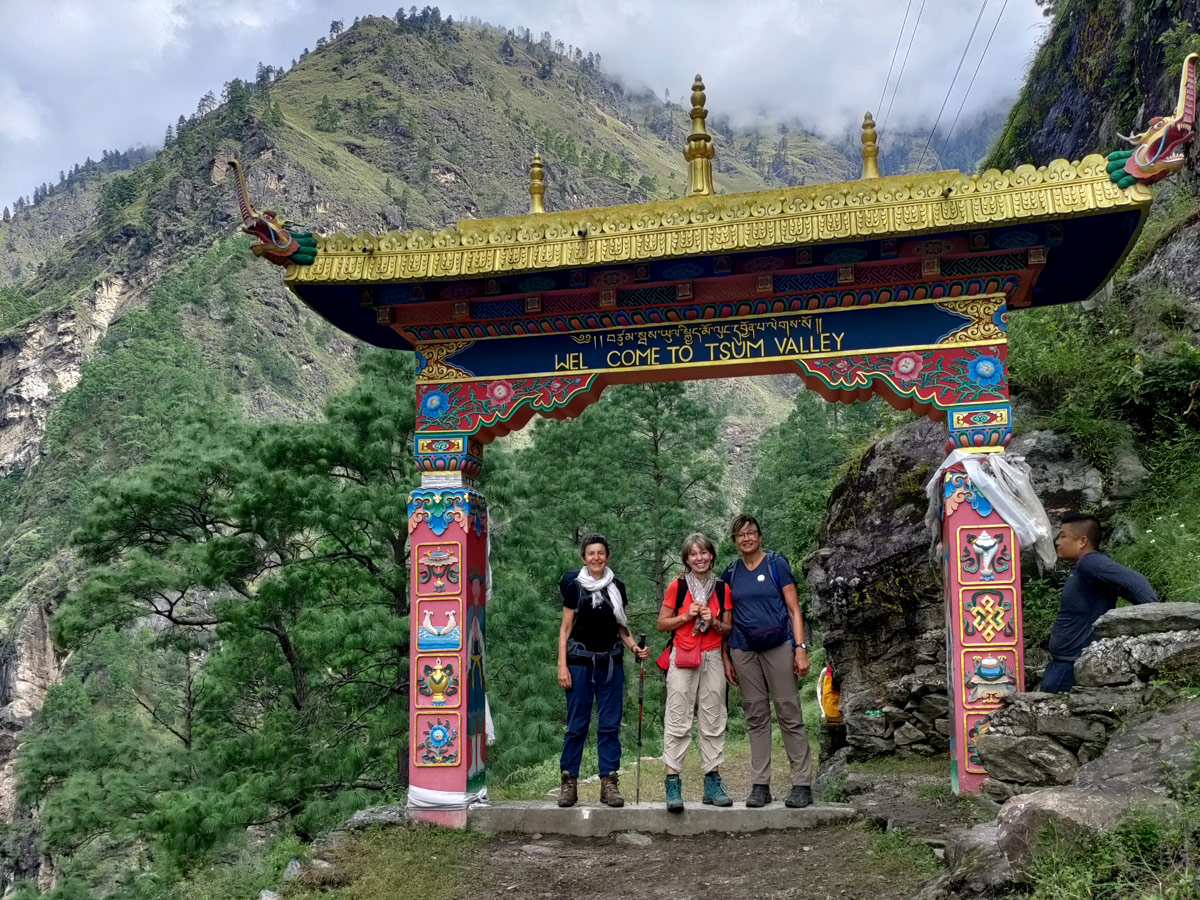
It is rather peaceful and is located near the border of Tibet. And it is extremely rich in spiritual significance. You will find many Tibetan Buddhist Monasteries and spiritual places in this valley.
During this trek, you can also get stunning views of the surrounding peaks including Ganesh Himal and Shringi Himal. You can also visit the sacred caves located in the valley.
Nar Phu Valley Trek
Nestled within the Annapurna region, the Nar Phu Valley trek is another secluded paradise which provides a unique experience of the medieval Tibetan culture as you make your way through some of the untouched corners of Nepal.
Located in the Manang district of Nepal, the Nar Phu Valley is a remote ancient village in the Himalayas of Nepal that will give you a true display of what life in the Himalayas really is.
Featuring a remote setting, the trek usually begins at Jagat and takes you along several highlights of the Annapurna region like the alluring villages of Naar and Phu and challenging passes like Kang La and Thorong La, based on your itinerary.
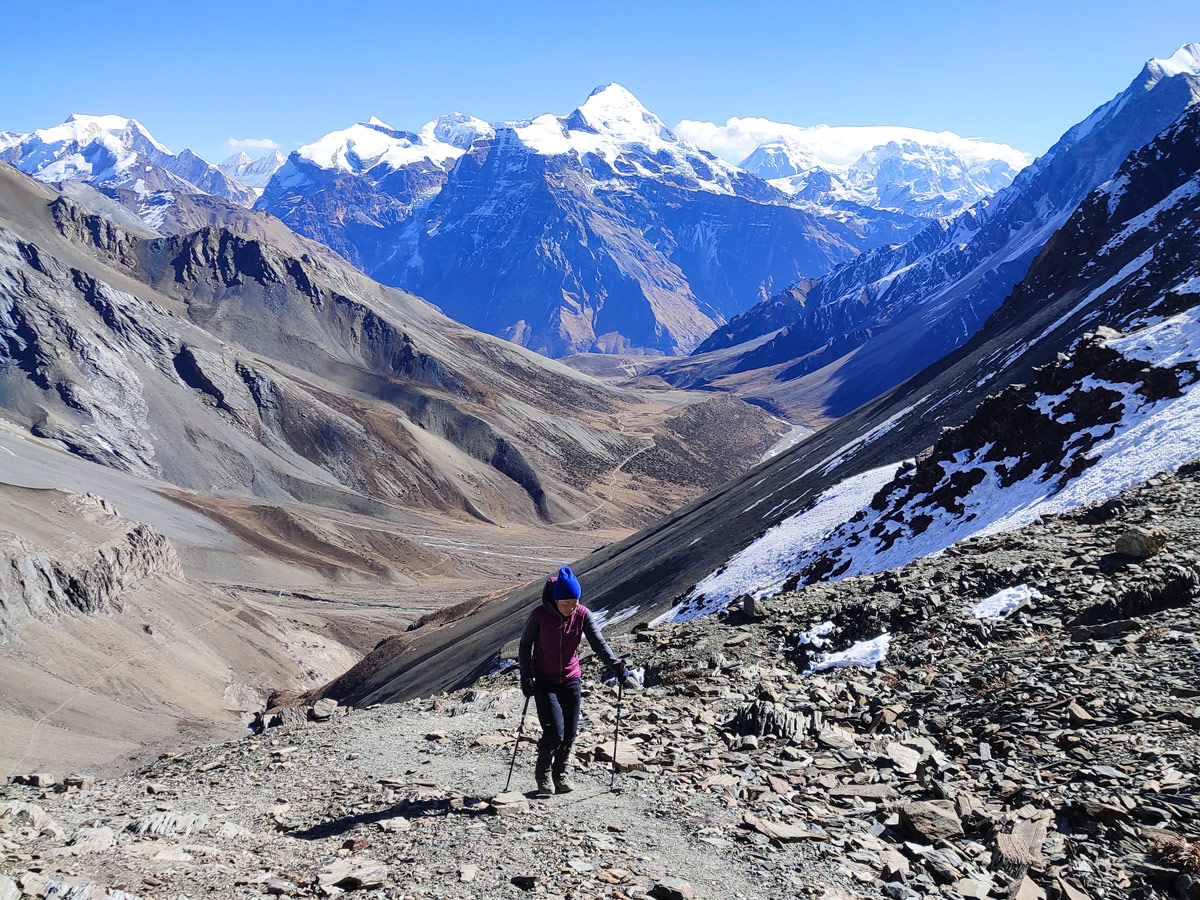
This trek is moderately challenging as it is untouched from mass tourism and features lesser developed trails taking you to high altitude regions along with some technical sections.
Known for its pristine mountain landscapes, ancient Tibetan villages, and unique culture, the trek to Nar Phu Valley is a slightly challenging but rewarding experience by all means.
You will get to see everything ranging from high peaks, passes, glaciers, narrow canyons, forests, and yak pastures on this journey where you will be reaching as high as 5,320 meters.
Depending on your itinerary, the trek can take around 10 to 14 days to complete and covers a distance of approximately 100 kms traversing through villages like Dharapani, Koto, Meta, before exploring the rural corners of Manang.
Permits Required for Restricted Trekking in Nepal
Trekkers generally require certain permits for trekking in Nepal in any route. Although, the type of permit required for the trek depends on the route that you are going to visit.
In case of restricted areas of Nepal, you will require certain additional permits along with the regular ones. Below are the permits that you will be needing for the restricted area treks:
- TIMS Card (Trekkers’ Information Management System): A mandatory trekking permit for all trekkers in Nepal.
- Restricted Area Permit (RAP): Required for each restricted trekking route.
- Conservation Area Permit: Depending on the route that you are choosing, you might need to get a conservation area For eg: Manaslu Conservation Area Permit (MCAP) for Manaslu Circuit Trek.
You can either get these permits by applying online or going physically to Department of Immigration or, you can avoid the hassle by simply hiring a local and reputable trekking agency like Ace the Himalaya.
You just need to submit your documents, and they can apply and obtain the permits for you. They will also arrange a licensed guide and group for your trek. The cost of all the permits varies.
Rules and Guidelines for Trekking in Restricted Areas
Trekking in the restricted areas of Nepal comes with its own set of rules and regulations that have been put in place by the Government of Nepal for your own safety as well as to make sure that the area is not harmed in any way.
Adhere to the following rules and guidelines while exploring the restricted trekking routes of Nepal:
- Solo trekking is not permitted in restricted regions. Trekkers must be accompanied by a licensed guide who can ensure their safety.
- Trek with proper environmental responsibility. Practice Leave No Trace principles, i.e. avoid littering, refrain from picking plants, and stick to designated trails.
- Minimize your environmental impact by practicing proper waste disposal, camping responsibly, and respecting wildlife and natural habitats.
- Support the local economy by staying in local teahouses and homestays, buying local handicrafts, and respecting local customs.
- Trek only in permitted areas. Entering restricted zones without authorization can result in fines or penalties.
- Always carry your permits and be prepared for checks by local authorities or the military in certain regions. Each trekking route has a check post specifically for checking your permits.
- Dress modestly, seek permission before photographing locals, and adhere to cultural practices. Avoid behavior that may offend local traditions.
Preparing for a Restricted Area Trek
Trekking in the restricted areas of Nepal is significantly more challenging as compared to other general trekking routes of Nepal. This requires thorough preparation.
As you will be tackling extremely challenging terrains, you need to have good physical fitness and mental resilience. You have to start preparing at least 3 to 6 months in advance.
Engage in regular training and build a proper workout regimen while focusing on endurance, strength, and flexibility. Be mentally prepared for long, isolated treks and unpredictable conditions.
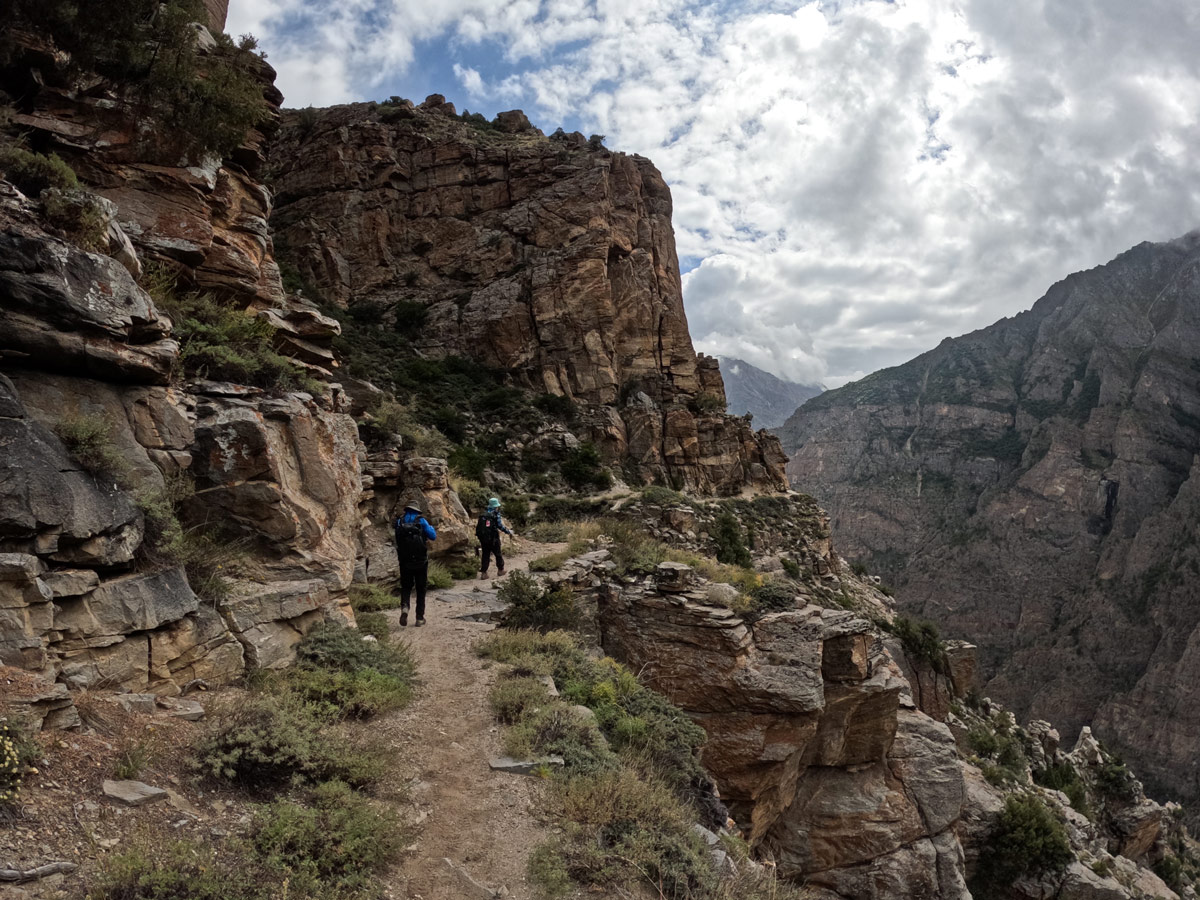
For a comfortable trek, you need to pack properly without missing any item of necessity. At the same time, you have to pack lightly and you can’t carry anything extra.
You need to carry proper clothing items for layering and other essentials like proper trekking boots, sleeping bag, trekking pole, and more. It is best to consult a standard packing list for restricted trekking area like packing list for Manaslu Circuit Trek.
While packing, don’t forget to keep your essential documents including valid passport and permits for the trek. Also get a comprehensive insurance that includes all aspects of your high-altitude trekking, including an emergency helicopter evacuation.
As you will be going towards significantly high altitudes during your trek, make sure to include dedicated days for acclimatization in your itinerary. Also, as the restricted trekking routes are slightly more expensive, plan your trekking budget accordingly.
Challenged Faced During Restricted Area Trekking
While there are lots of benefits of trekking in the restricted area, it certainly does come with its own set of challenges which is the reason why many people avoid trekking in the restricted areas of Nepal.
First and foremost is the high cost of trekking that comes with it. You need extra and special permits to trek in the restricted areas of Nepal. A mandatory guide also adds to this. And this means increases trekking cost.
Besides that, these treks are often longer and more strenuous which requires the trekkers to have a higher level of physical fitness as well as mental resilience which is quite tough.
Being restricted areas, they have limited accessibility and these remote locations will have fewer amenities, basic accommodations, and long stretches without connectivity.
Conclusion
While it does come with its own challenges, exploring the restricted trekking routes of Nepal offers a rare and unforgettable adventure that combines natural beauty, cultural immersion, and spiritual enrichment.
These regions are perfect for you if you are ready to dive into a promising adventure of exploring the hidden gems of Nepal and pushing your boundaries. So, plan your adventure today!
